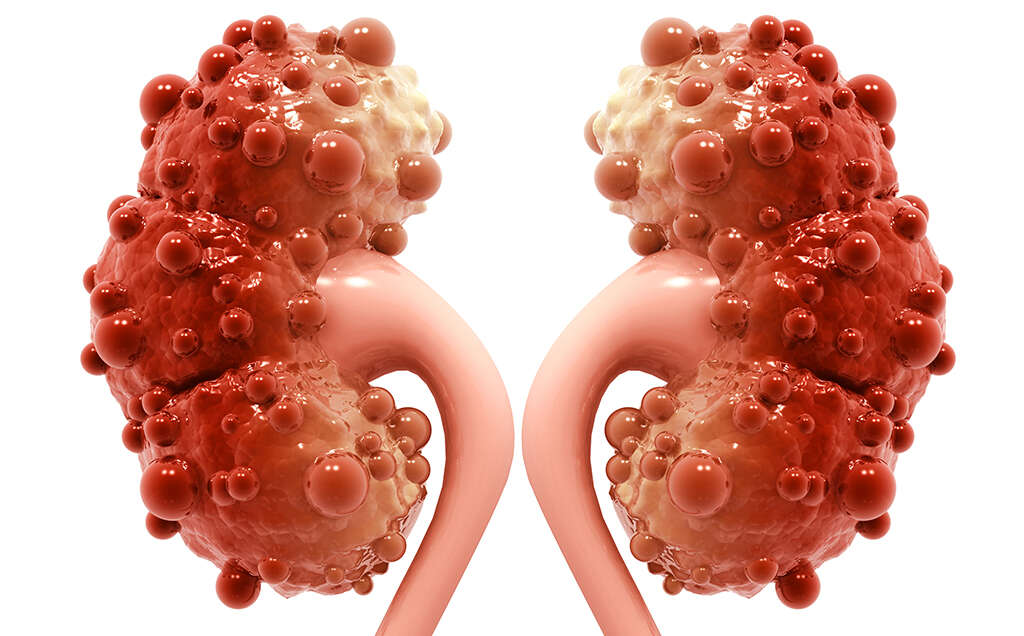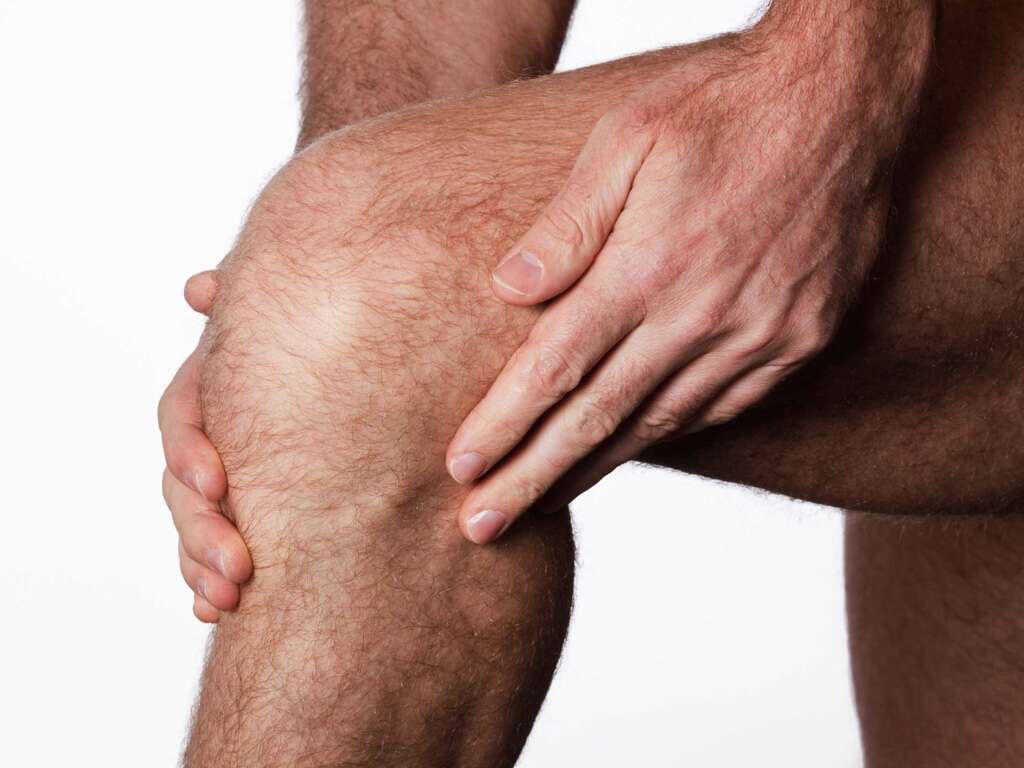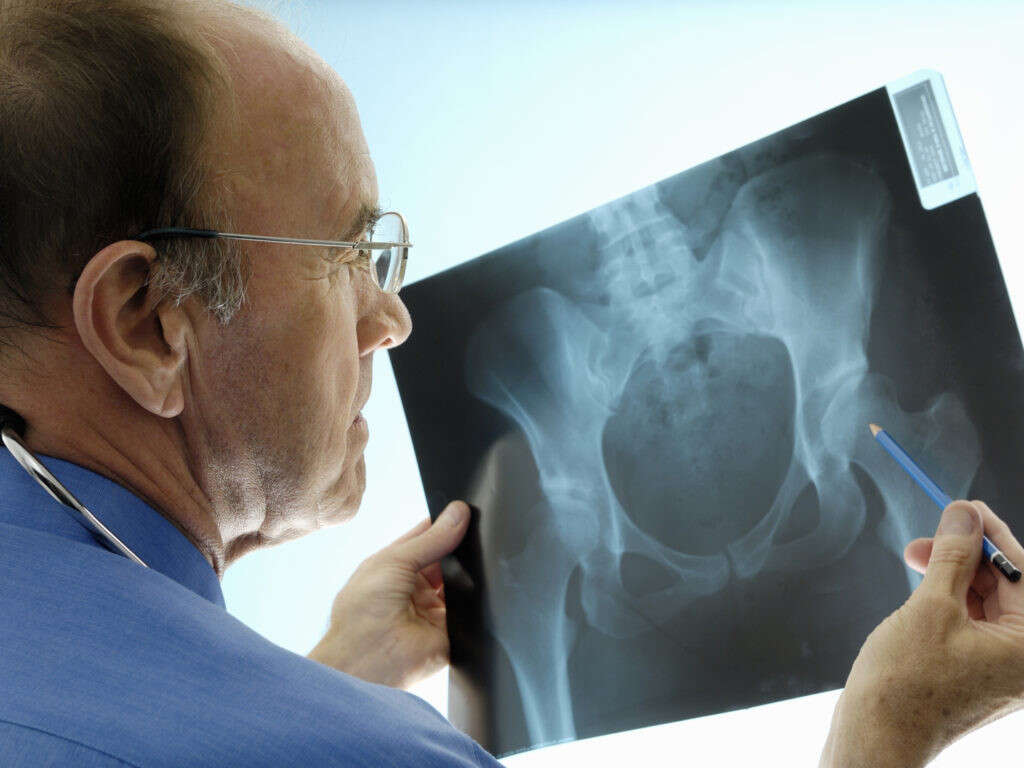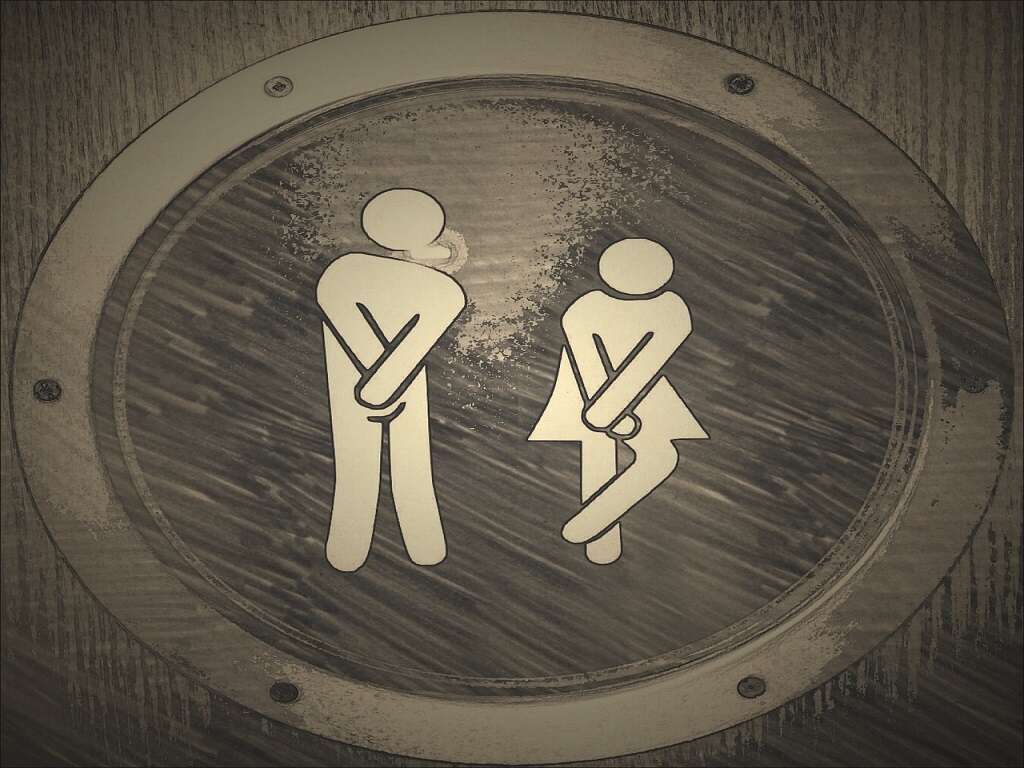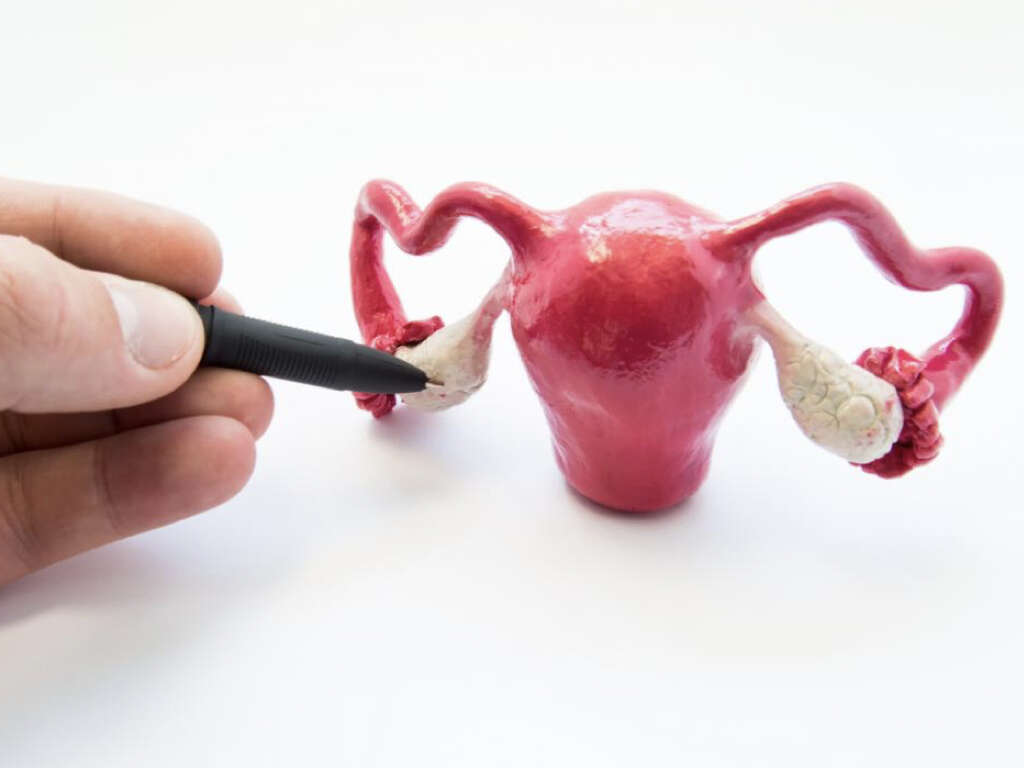10 Symptoms of Hydronephrosis
Hydronephrosis occurs when the renal pelvis or calyces are dilated due to the filling of urine as a result of obstruction. Depending if the obstruction is chronic or acute, unilateral or bilateral, partial or complete, the signs and symptoms of hydronephrosis can vary. If it occurs suddenly, it can result in intense pain in the flank area. Hydronephrosis that developed gradually can result in no pain or a dull discomfort. Other associated symptoms include nausea, vomiting, anuria, decreased urine output, fever, hematuria, pyuria, and more.
Complete obstruction can result in kidney failure. For diagnosis purposes, a blood test may show elevated creatinine or urea. Urinalysis can also show that there is elevated pH level. On physical examination of the patient, a palpable flank or abdominal mass may be felt due to enlargement of the kidney. Imaging such as ultrasonography, intravenous urogram, computed tomography, or magnetic resonance imaging can also be helpful. A grading system for hydronephrosis based on severity of the condition is also used.
The goal of treatment aims to remove the obstruction and draining urine that has accumulated. An acute obstruction in the upper urinary tract can be treated through the insertion of a nephrostomy tube while a chronic obstruction involves pyeloplasty or insertion of a ureteric stent. In a lower urinary tract obstruction, a suprapubic or urinary catheter can be helpful.
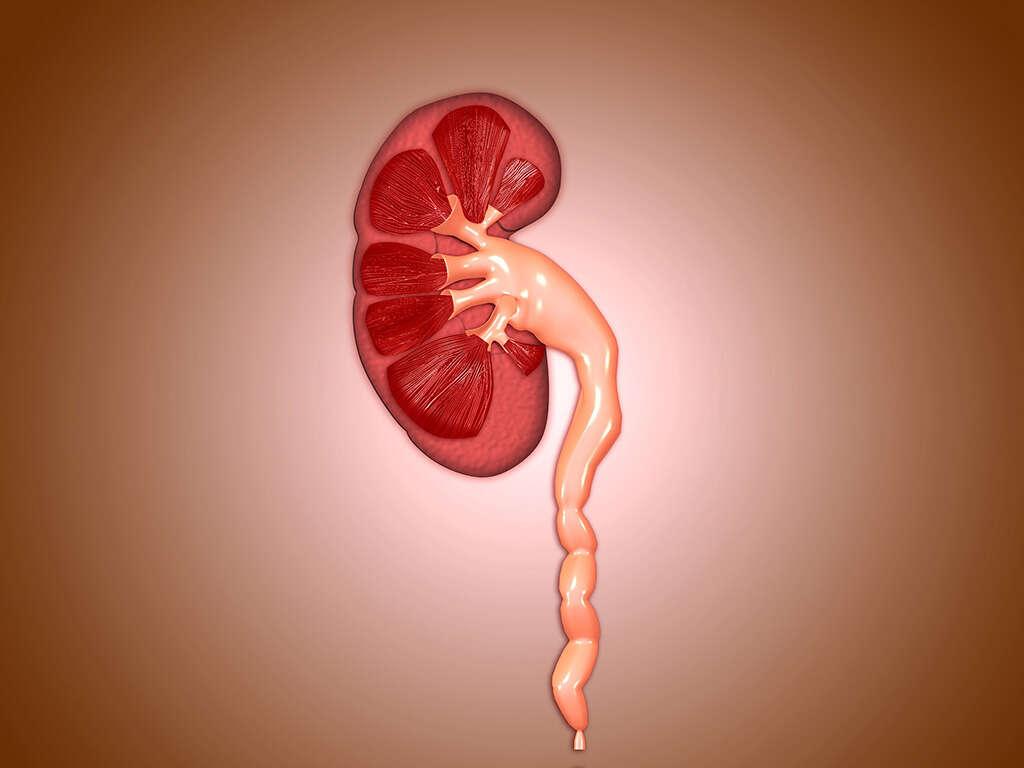
Cause #1: Kidney Stones
Kidney stones or urolithiasis is a condition when a solid piece of material develops and lodges itself in the urinary tract. Typically, a stone can pass without causing symptoms. However, a stone more than 5 millimeters can result in blockage of the ureter leading to pain in the lower back, loin, or groin.
It can result in nausea, vomiting, hematuria, and dysuria. Risk factors of kidney stones include obesity, high urine calcium levels, calcium supplements, gout, hyperparathyroidism, inadequate fluids, and more. The stones form when the minerals are at a high concentration in the urine.

Cause #2: Blood Clots
While blood clots can be lifesaving as they help to stop bleeding, they can also cause serious issues such as pulmonary embolism, heart attack, stroke, deep vein thrombosis, and more. Blood starts to clot when platelets stick together to form a plug.
Clotting factors are then released leading to a chain reaction which causes the clot to grow through long strands of fibrin that tangle up and create a net. Blood clots that occur in the urinary system can also cause obstruction leading to hydronephrosis.

Cause #3: Scarring
Scarring of the urinary tract can result in a stricture where there is narrowing of the urethra. This stricture restricts urine flow from the bladder and can lead to inflammation and infection. Scarring can occur due to the insertion of an instrument, catheterization, trauma in the pelvis, and more.
The signs and symptoms of a urethral stricture include incomplete emptying of the bladder, decreased urine stream, dysuria, straining when urinating, increased frequency of urination, frequent episodes of urinary tract infection, and more.

Cause #4: Benign Prostatic Hyperplasia
Benign prostatic hyperplasia or BPH is a condition where there is a non-cancerous prostate enlargement that may cause difficulty urinating, frequent urination, weak stream, dribbling, loss of bladder control, and hesitancy. BPH can lead to complications such as bladder stones, urinary tract infections, chronic renal issues, and more.
While the cause of BPH is unclear, the risk factors include type 2 diabetes, positive family history, obesity, inadequate exercise, and more. The enlargement of the prostate compresses the urethra causing urinary symptoms. It can also cause hydronephrosis as there is obstruction in the urethra.

Cause #5: Prostatitis
Prostatitis refers to inflammation that occurs in the prostate gland. Classified into the causes and onset of the condition, it can be divided into acute prostatitis, chronic bacterial prostatitis, inflammatory prostatitis (chronic prostatitis / chronic pelvic pain syndrome (CP / CPPS)), noninflammatory CP / CPPS, and asymptomatic inflammatory prostatitis.
Prostatitis can result in fever, chills, lower back pain, pain in the perineum, dysuria, increased urinary frequency, myalgia, hydronephrosis, and more. Treatment may involve antibiotics, analgesics, bed rest, hydration, and stool softener. The urinary retention should be managed using intermittent or suprapubic catheterization.

Cause #6: Pregnancy
Pregnancy refers to the time when an offspring develops in a woman. In pregnancy, the woman may experience hunger, nausea, vomiting, frequent urination, tender breasts, and more. A complicated pregnancy can involve high blood pressure, iron deficiency anemia, gestational diabetes, hyperemesis gravidarum, and more.
Hydronephrosis can occur during a pregnancy and has been described as a physiological phenomenon because of the presence of the fetus. It has been estimated that as many as 90 percent of pregnant women experience some degree of hydronephrosis that is mostly asymptomatic. It is thought that it is mostly seen in primigravid females.

Cause #7: Tumors
A tumor is a mass of abnormal growing tissue that can be benign, malignant, or precancerous. Hydronephrosis may occur if a tumor presses against part of the urinary system causing obstruction. This can be seen in tumors that occur in the pelvis such as cervical cancer, ovarian cyst, bladder cancer, colon cancer, prostate cancer, and more.
Some studies have also used the severity of hydronephrosis to correlate with the invasiveness of the tumor. One research team concluded that hydronephrosis that is more than a grade 2 is associated with bladder cancer recurrence and non-organ-confined ureteral cancer.
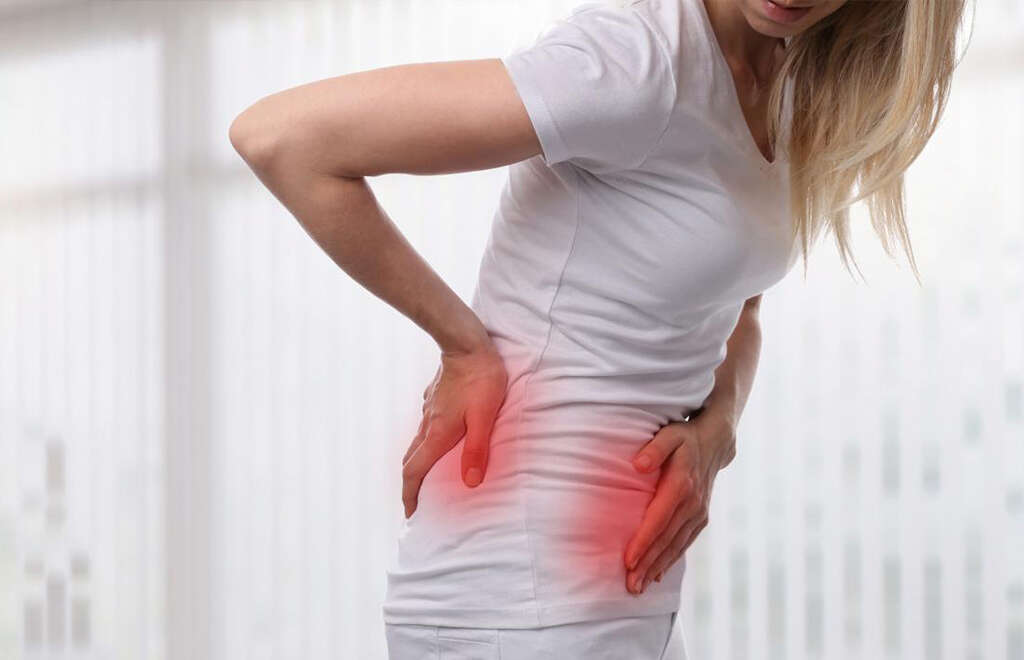
Cause #8: Anatomic Abnormalities
Some anatomic abnormalities that cause obstruction in the urinary tract can result in hydronephrosis. Examples of these anatomic abnormalities include the presence of urethral stricture, urethral valves, ureterovesical stenosis, or stenosis at the ureteropelvic junction. Ureteropelvic junction obstruction is the commonest cause of hydronephrosis detected in newborns or prenatal ultrasounds.
While mild cases do not usually impair the function of the renal system, it can predispose the child to urinary tract infections. Meanwhile, severe cases of ureteropelvic junction obstruction can result in significant harm to the kidney.

Cause #9: Vesicoureteral Reflux
Vesicoureteral reflux refers to the retrograde urine flow from the bladder into the ureter. It is a functional and anatomic disorder that can lead to infection and reflux nephropathy. Children with vesicoureteral reflux usually present in two groups: those with clinical urinary tract infection and those with hydronephrosis.
Signs and symptoms in children can be nonspecific causing difficulty in diagnosis and treatment. Affected children often experience failure to thrive, vomiting, lethargy, urinary symptoms, abdominal pain, and more.

Cause #10: Polycystic Kidney Disease
Polycystic kidney disease can be divided into autosomal dominant or autosomal recessive polycystic kidney disease. It is a disease that is inherited genetically where the renal tubules become abnormal leading to the development of multiple cysts in the kidney. It can begin in infancy or adulthood.
The disease occurs as abnormal genes produce an abnormal protein that has an adverse effect on the development of tubules. It can also cause the development of cysts in the pancreas and liver. It can lead to complications such as hypertension, hydronephrosis, renal failure, hematuria, abdominal pain, and more.
